Embarking on your programming journey can be both exciting and overwhelming. With countless languages to choose from, it’s easy to feel lost about where to begin. Whether you’re planning to shift careers, break into tech, or simply want to learn programming as a new skill, understanding the best programming language to learn first is essential for building a strong foundation. In this comprehensive guide, we’ll dive deep into the top programming languages for beginners, breaking down their roles in frontend, backend, and full-stack development. You’ll also get practical advice on how to approach learning, avoid common pitfalls, and choose the best path to success.
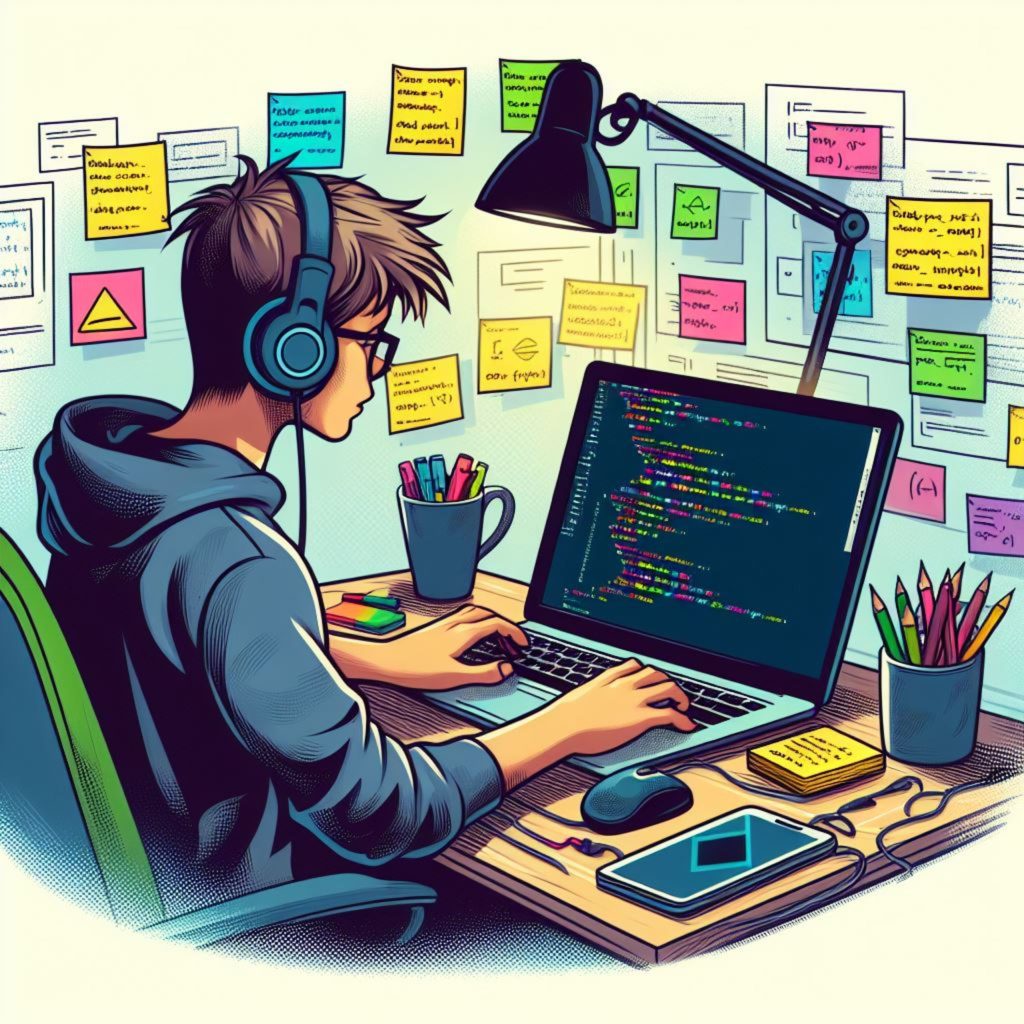
Why Picking the Right Language Matters
The tech world is vast, and choosing your first programming language can have a significant impact on how you progress as a developer. The language you start with should match your goals—whether you’re interested in building websites, managing databases, or working on mobile apps. While it’s important to recognize that many skills will transfer across languages, the right language can give you an edge early in your learning process.
For beginners, the best choice is often a language that is both practical and widely used. Learning a language that has broad applications ensures that you can find support, resources, and job opportunities once you gain proficiency.
Frontend, Backend, or Full-Stack Development?
Before diving into specific languages, let’s break down the different development roles you’ll encounter. When you think about software development, there are three primary paths to consider:
- Frontend Development: This involves everything the user interacts with on a website or app. Think of the structure of the site, the design, the user interface, and how users interact with content. Frontend developers work with languages like HTML, CSS, and JavaScript to create visual elements that users engage with.
- Backend Development: On the other side is backend development, which handles the behind-the-scenes logic, databases, servers, and application functionality. Backend developers ensure that everything on the frontend works seamlessly by interacting with servers, databases, and business logic. Common languages include Python, Java, and Node.js.
- Full-Stack Development: Full-stack developers work across both the frontend and backend. This role is common in startups and smaller companies where developers need to manage everything from user interfaces to databases.

Your choice of language will depend on which path interests you the most. Do you want to build visually stunning web applications? Frontend might be for you. Do you enjoy working with data, servers, and system logic? Backend could be your calling. If you like both, full-stack development offers the best of both worlds.
The Best Programming Languages for Beginners
Now that you have a general idea of the different development roles, let’s dive into the languages themselves. Below are three of the top programming languages for beginners in 2024, each with its own advantages depending on your interests and career goals.
1. JavaScript (JS)
JavaScript is the foundational language of the web, making it a fantastic choice for anyone looking to break into frontend or full-stack development. With JavaScript, you can build interactive websites, create dynamic user interfaces, and even handle backend logic through technologies like Node.js. As the only language that runs both in the browser (frontend) and on the server (backend), JavaScript offers versatility that few other languages can match.
Why JavaScript?
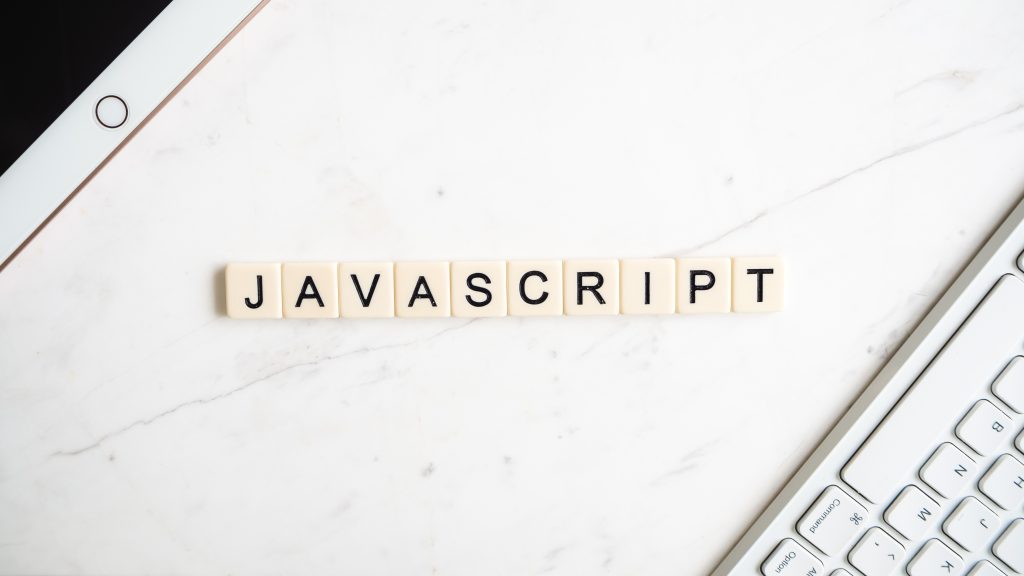
- Universal Language for Web Development: Every modern website relies on JavaScript in some way. If you’re interested in building websites or web applications, JavaScript is essential.
- Full-Stack Capabilities: With Node.js, you can use JavaScript to handle backend development. This means that you can develop both the frontend and backend of an application using the same language, making it easier to maintain and understand your codebase.
- Wide Job Market: JavaScript is in high demand for both frontend and full-stack developers. Learning JS opens up a wide range of job opportunities, from building user interfaces to working on server-side applications.
Learning Path for JavaScript
- Frontend Focus: Start with learning the fundamentals of HTML and CSS. These are not programming languages but essential tools for structuring and styling your web pages. Once you’re comfortable with them, dive into JavaScript to add interactivity to your sites.
- Backend with Node.js: If you want to go full-stack or backend, Node.js will be your next step. You’ll learn how to create server-side applications, interact with databases, and manage data flow between your client and server.
- Frameworks: Once you’ve mastered JavaScript, consider learning React.js, the most popular JavaScript library for building modern user interfaces. Other libraries like Vue.js or Angular are also worth exploring, but React dominates the market.
2. Python
Python is renowned for its simplicity and readability, making it an excellent choice for beginners. Often recommended for those with no programming background, Python is used in a wide range of applications, from web development and data science to artificial intelligence and machine learning.
Why Python?
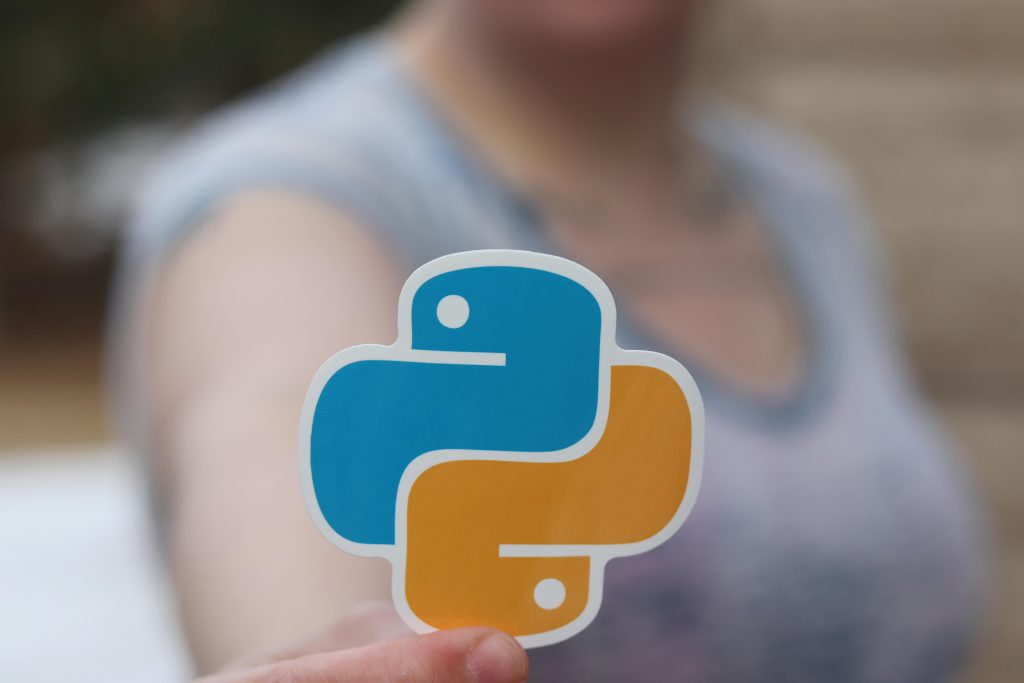
- Beginner-Friendly: Python’s syntax is clean and easy to understand, which allows beginners to focus on learning programming concepts rather than getting bogged down by complex syntax.
- Versatile Applications: Python is used for web development, data analysis, machine learning, automation, and more. If you’re unsure which direction to take, Python gives you the flexibility to explore multiple areas of development.
- High Demand in Data Science and AI: Python is a leading language in fields like data science, AI, and machine learning. If you have an interest in these growing areas, Python is the way to go.
Learning Path for Python
- Web Development: Start by learning the basics of Python, then explore popular frameworks like Django or Flask for building web applications.
- Data Science & Machine Learning: If you’re leaning towards data analysis, libraries like Pandas, NumPy, and Matplotlib will be essential. For machine learning, dive into TensorFlow or PyTorch.
3. Go (Golang)
Go, or Golang, is a newer language that has quickly gained traction, especially in the world of backend development. Developed by Google, Go is designed to be simple, efficient, and scalable, making it a popular choice for large-scale web applications and cloud computing.
Why Go?

- Fast and Efficient: Go is known for its performance and speed, making it ideal for building scalable applications.
- Growing Popularity: Go’s usage is on the rise, particularly in cloud computing, distributed systems, and backend services. Learning Go now can put you ahead of the curve as more companies adopt it for large-scale applications.
- Ease of Learning: Although not as beginner-friendly as Python, Go’s simplicity and straightforward syntax make it easier to learn than some of the more complex languages like Java or C++.
Learning Path for Go
- Backend Development: Focus on learning Go’s concurrency model and how to build efficient backend services. Once comfortable, you can explore its usage in cloud computing and microservices architecture.
4. Java
Java has been a mainstay in backend development for decades. If you’re looking to work with large-scale enterprise applications or have an interest in Android development, Java is a solid choice.
Why Java?

- Widely Used in Enterprise Systems: Java powers many large-scale enterprise systems, and its longevity ensures a robust job market.
- Android Development: If you’re interested in building mobile applications, Java is the official language for Android development.
- Legacy Codebase: Java’s extensive use in enterprise environments means there’s a lot of legacy code written in Java. Learning Java can make you a valuable asset for companies maintaining and modernizing these systems.
Learning Path for Java
- Backend Development: Start with the basics of Java, then explore frameworks like Spring or Hibernate for building enterprise-level applications.
- Mobile Development: If you’re interested in Android, dive into Java’s Android development ecosystem.
Choosing One Language and Sticking to It
A common mistake many beginners make is jumping between languages without fully committing to one. While it’s tempting to explore all your options, it’s much more effective to pick a language and stick with it—at least until you’ve built a solid foundation. Each language has its own set of challenges and strengths, but the key is persistence.
Whichever language you choose, dedicate time to mastering it before moving on to the next. Once you’ve gained proficiency in one language, picking up others becomes significantly easier, as many programming concepts are transferable.
Final Thoughts: Focus, Patience, and Practice
No matter which language you start with, remember that learning programming takes time and effort. Focus on mastering the basics, practice consistently, and stay patient with yourself as you encounter challenges. The path to becoming a successful developer isn’t about learning everything at once but about staying committed and growing step by step.

In 2024, JavaScript, Python, Go, and Java remain some of the best programming languages for beginners. Each offers unique advantages depending on your interests and goals. Whether you’re looking to break into web development, data science, or backend services, there’s a language that will suit your needs. Choose one, stick with it, and watch your coding skills grow.
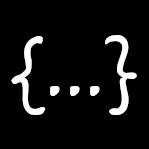
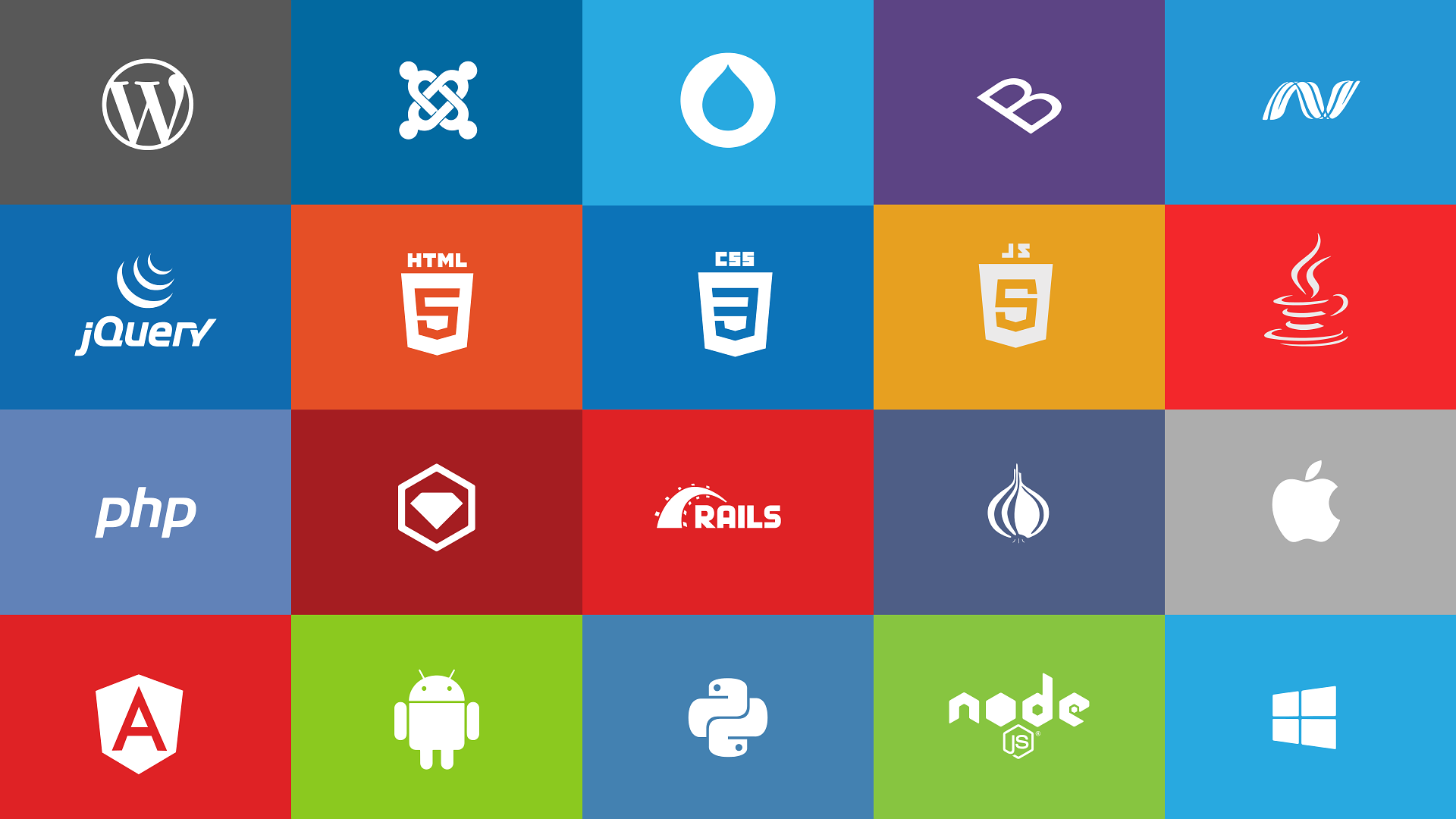
Leave a Reply